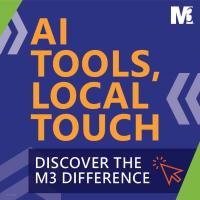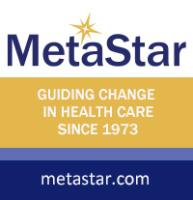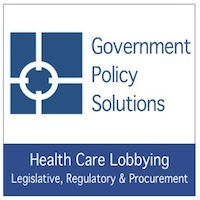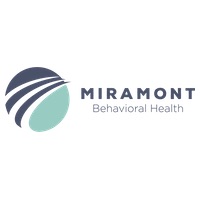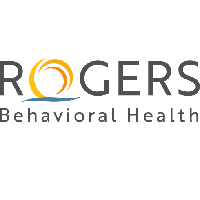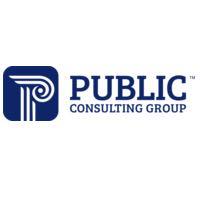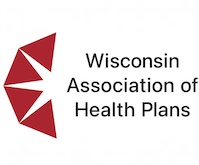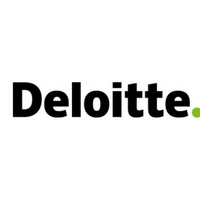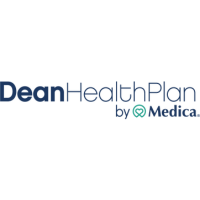
How employers can help curb healthcare costs during open enrollment
By Dustin Hinton, CEO, UnitedHealthcare of Wisconsin
Technology continues to reshape how employers select and offer health care benefits to employees, putting access to information at our fingertips and creating a more seamless and interactive health care experience. At the same time, these advances may help employees become savvier users of health care, helping simplify and personalize their journey toward health and, in the process, help curb costs for employers.
The revolution can be important to remember during open-enrollment, which occurs during the fall, when millions of Americans select or switch their health benefits for 2019. With that in mind, here are five tips employers in Wisconsin should be aware of during open enrollment and year-round:
Make Sense of Big Data: Big data is a buzz word, but the applications are only meaningful if employers can make sense of that information. To help with that, employers are gaining access to online resources to help enable them to more easily analyze and make sense of health data, taking into account aggregate medical and prescription claims, demographics, and clinical and well-being information. This can provide an analytics-driven roadmap to help employers implement tailored clinical management and employee-engagement programs, which may help improve health outcomes, mitigate expenses, and help employees take charge of their health.
Help People Understand Their Options: More than three-quarters (77) percent of Americans say they are prepared for open enrollment, yet most people struggle to understand basic health care terms, according to a recent UnitedHealthcare survey. In fact, only 6 percent of survey respondents could successfully define all four basic health insurance concepts: plan premium, deductible, co-insurance and out-of-pocket maximum. To support employees during open enrollment, employers can adopt online platforms designed to personalize and simplify the experience to help people select a health plan based on their personal health and financial needs, while encouraging them to select a primary care physician and enroll in programs such as smoking cessation or weight loss. Employers can also promote to employees resources such as JustPlainClear.com, which provides definitions for thousands of health care terms.
Encourage Your People to Move More: An estimated 35 percent of employers now integrate wearable devices into their well-being programs, helping employees more accurately understand their daily activity levels. As these programs become more common, there may be opportunities for cost-savings for companies and their workforces. For instance, some wearable device wellness programs may enable people to earn more than $1,000 per year by meeting certain daily walking goals, while employers can achieve premium renewal discounts based on the aggregate walking results of their employees.
Incent and Help Employees Comparison Shop for Care: More than one-third (36 percent) of Americans say they have used the internet or mobile apps during the last year to comparison shop for health care, up from 14 percent in 2012, according to the UnitedHealthcare survey. To encourage employees to participate in this trend, some employers are offering financial incentives – such as $25 or $50 gift cards – to employees for using health care transparency resources. Health care quality and cost varies widely within a city or neighborhood, so encouraging the use of online and mobile transparency resources may yield savings for employers and employees.
Integrate Medical and Ancillary Benefits: Open enrollment is also the time for people to select important ancillary benefits, such as vision, dental and disability coverage. While some people may overlook these plans, offering this coverage as part of an employee’s menu of benefits options may maximize the effectiveness of a company’s health care dollars, provide families with added peace of mind and help build a culture of health. Combining medical and ancillary benefits under a single health plan may enable for the integrated analysis of a wide range of data that can facilitate proactive outreach and clinical support for employees, including for people with chronic conditions such as diabetes or to help prevent the development of such conditions.





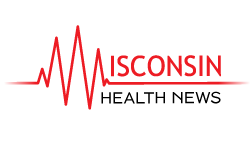






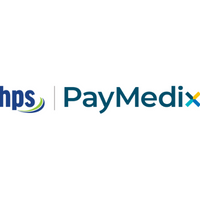
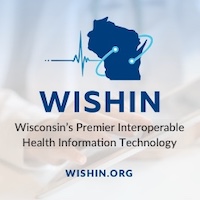

.jpg?bwg=1612548324)
